
Nectar Hex Vaporizer - Basic Kit

Nectar NP5 Press - 5 Ton Hydraulic Rosin Press

Vessel Helix Pipe Dry Herb Vaporizer

Vessel Helix Dry Herb Vaporizer

Dynavap The B Battery Free Dry Herb Vaporizer

Dynavap The M Battery Free Dry Herb Vaporizer
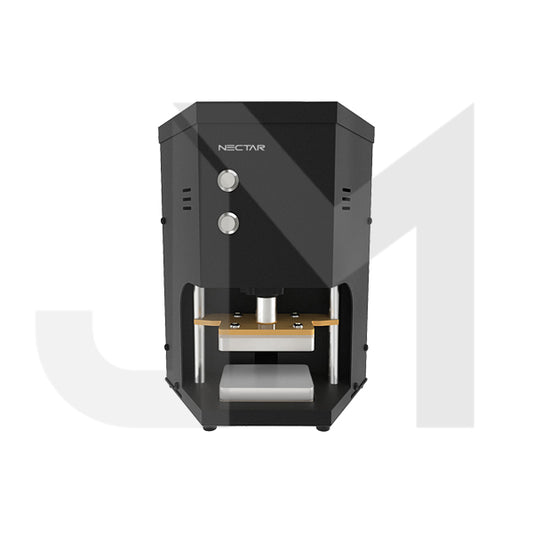
Nectar Hex Press - 1.5T Automatic Rosin Press
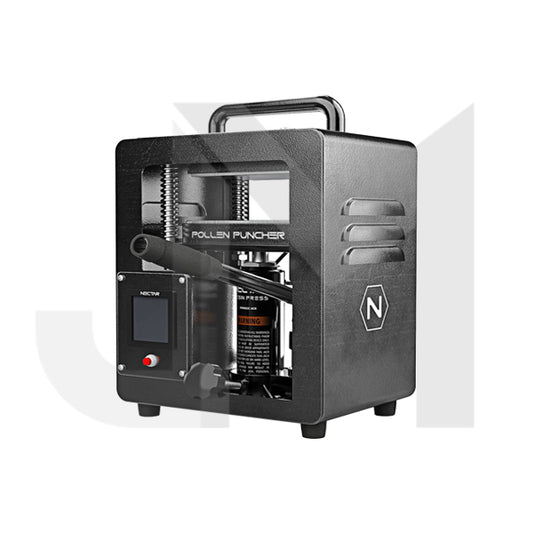
Nectar Pollen Puncher - 5T Hydraulic Rosin Press
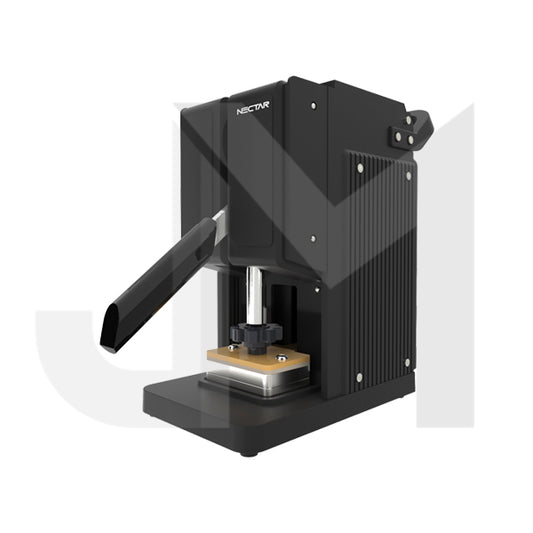
Nectar Pollen Pincher (Black Edition) - 1T Manual Rosin Press
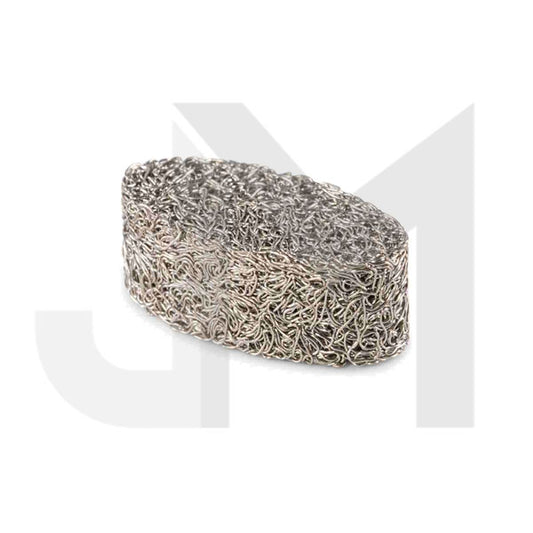
Nectar Platinum Vaporizer Concentrate Pad
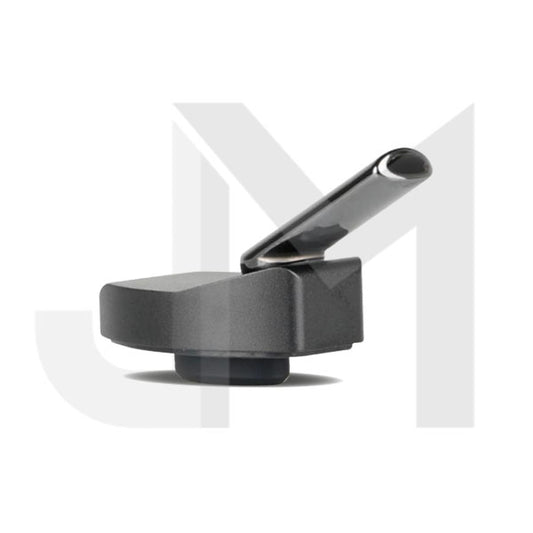
Nectar Platinum Vaporizer Cooling Unit
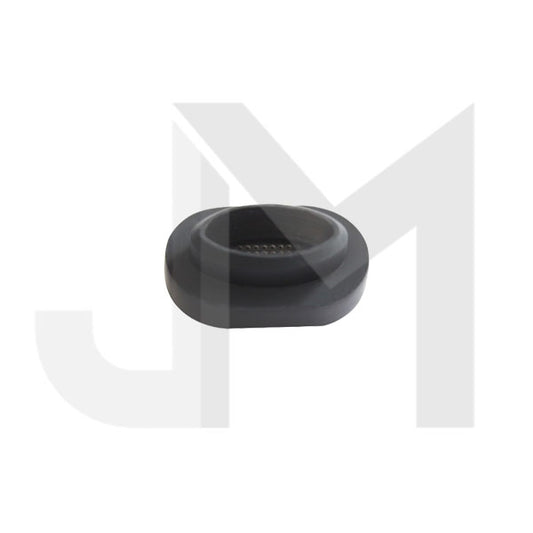
Nectar Platinum Vaporizer Replacement Rubber Holder
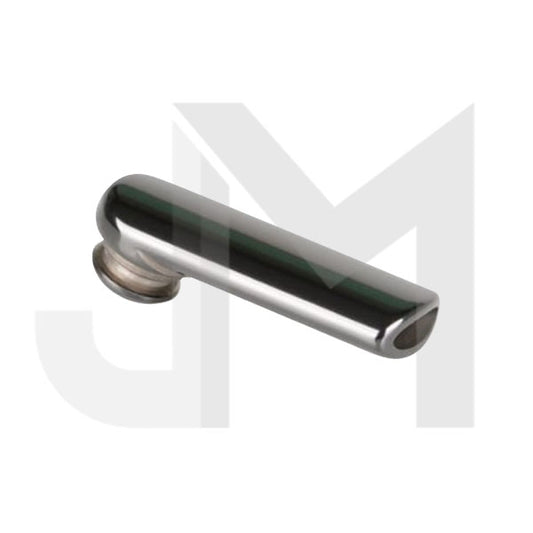
Nectar Platinum Vaporizer Replacement Ceramic Mouthpiece

Nectar Platinum Vaporizer Filter Kit (4pcs)

Nectar Platinum Vaporizer Replacement Ceramic Filter

Nectar Gold Vaporizer Concentrate Pad
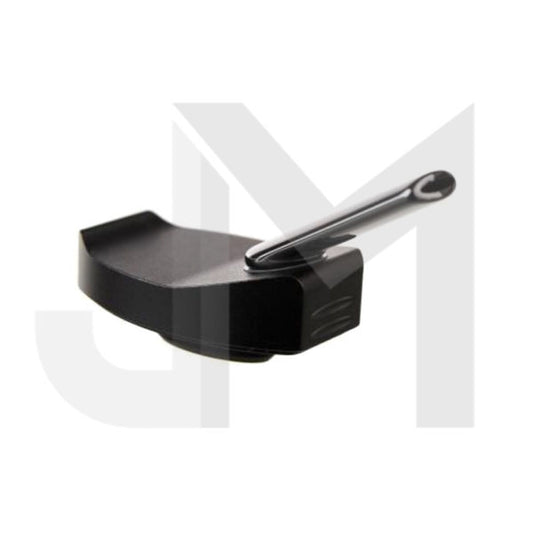
Nectar Gold Vaporizer Cooling Unit
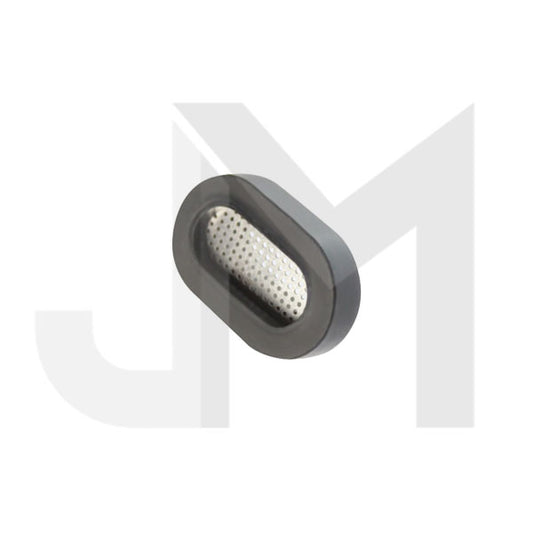
Nectar Gold Vaporizer Replacement Rubber Holder + Filter
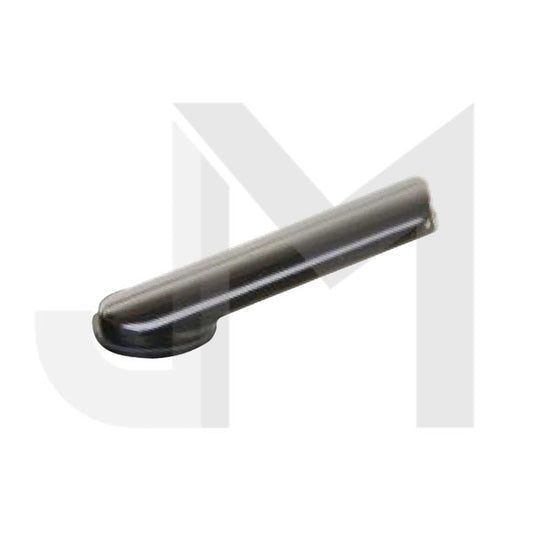
Nectar Gold Vaporizer Replacement Ceramic Mouthpiece

Nectar Gold Vaporizer Filter Kit (9pcs)

Nectar Gold Vaporizer Filter Kit (5pcs)
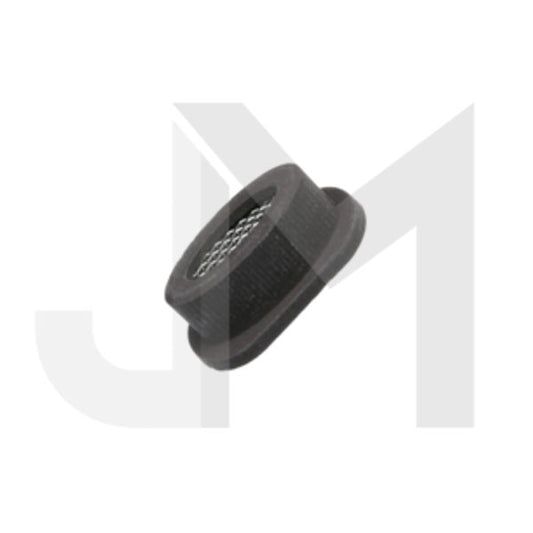
Nectar Gold Vaporizer Replacement Ceramic Holder + Filter
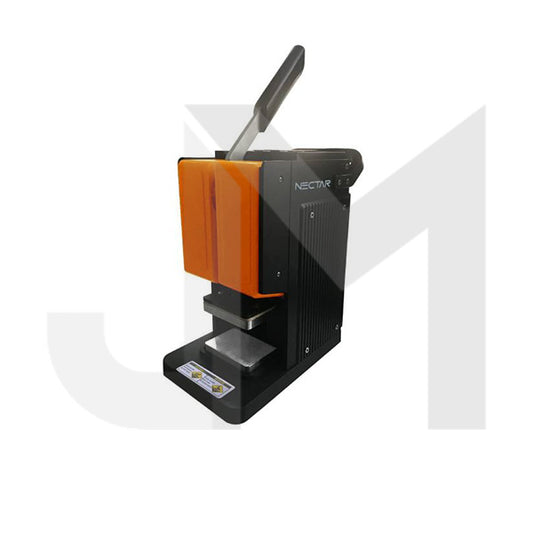
Nectar Pollen Pincher - 1T Manual Rosin Press

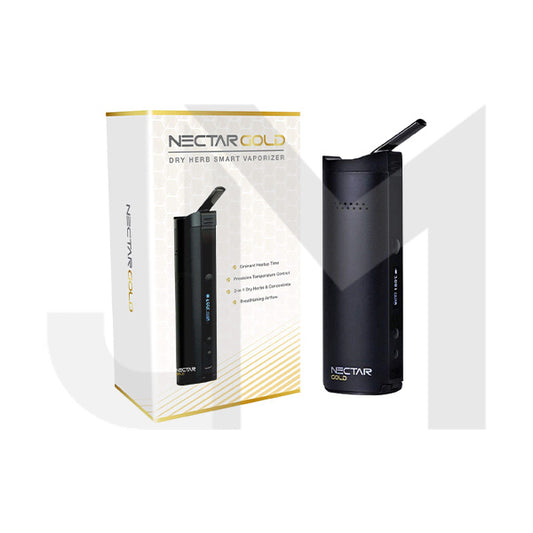


Nebula Boost Decarboxylator & Infuser - Black Edition
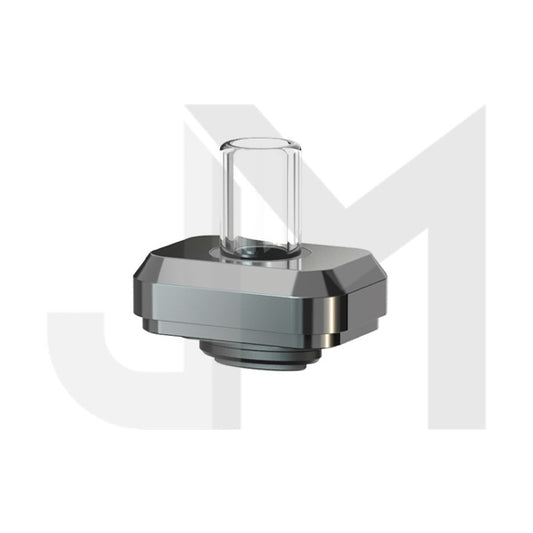
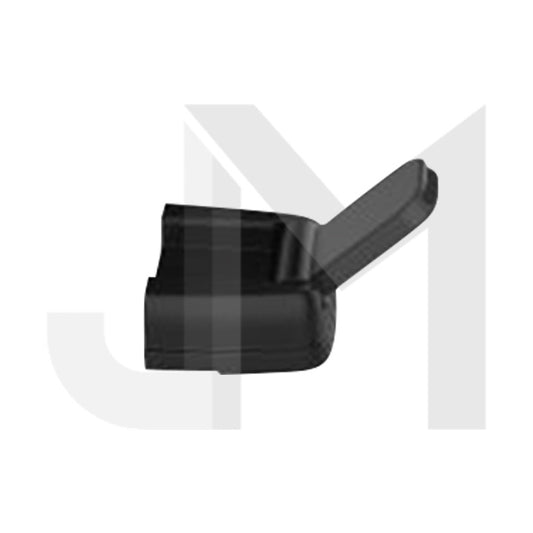

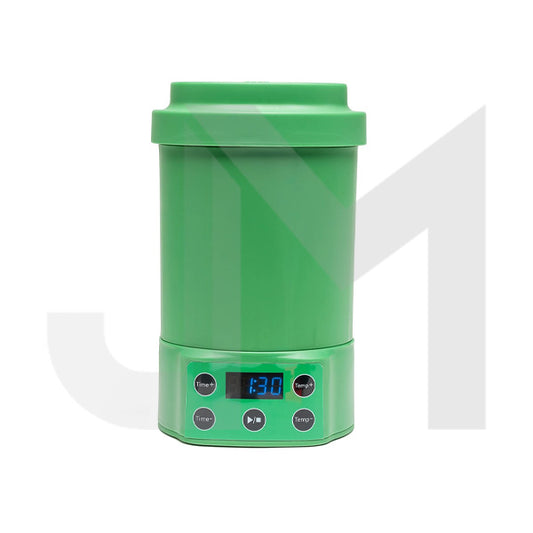
Nebula Decarboxylator & Infuser

Nebula Titan Mouthpiece Filter



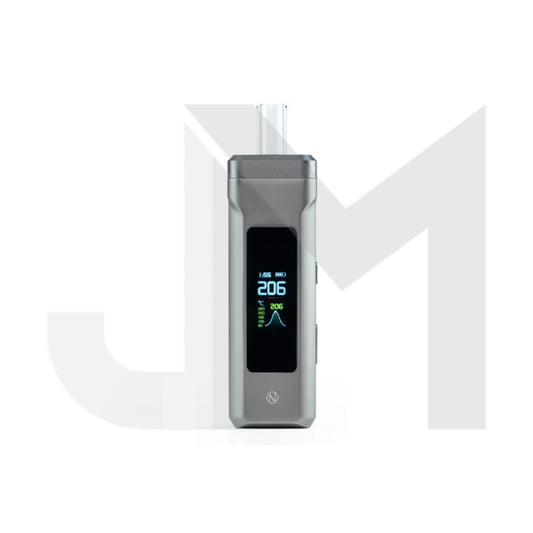
Nebula Titan Dry Herb Vapourizer
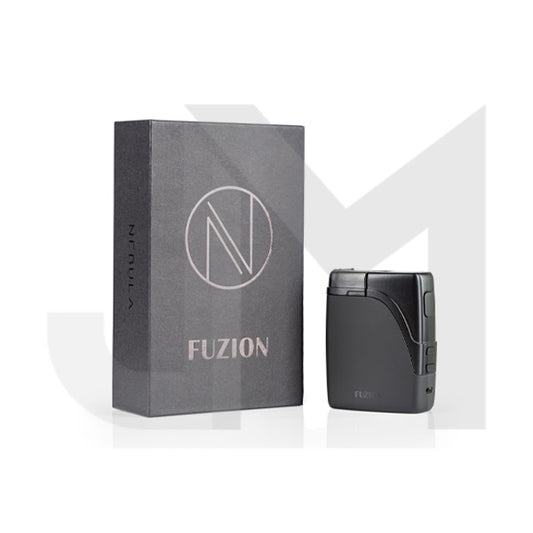
Nebula Fuzion Dry Herb Vapourizer
A vapouriser is a device that uses hot air or a heating element to extract cannabinoids, terpenes, or nicotine from flowers or tobacco. These machines come in all shapes and sizes, from the compact and portable Nebula Titan to the desk-based and powerful Nectar V2.
Unlike traditional cigarettes or pipes, vapourisers extract substances from your herbs without burning them, effectively taking the element of smoke out of smoking. They also don’t produce tar, ash or release hundreds of toxic chemicals you get from combustion (burning).
The most obvious difference between vapourisers and your standard bong or water pipe is the absence of fire. Even bongs and water pipes still require the burning herbs or molasses, whereas vapourisers use hot gas or heated coils to less harmfully extract vapors from plants.
Convection vapourisers pass hot gasses through herbs to extract the terpenes or nicotine-rich vapors from plants. Conduction vapourisers operate on the same principle as your conduction stoves and ovens. These machines use a solid heating element such as ceramic chambers or metal coils to transfer heat onto and vapourise herbs.
Yes. Your choice of heating element can affect the quality and the time it takes to produce vapours. For instance, heated gas permeates herbs more evenly. This results in cleaner and smoother draws, but heating herbs with air typically takes longer. Some take as long as 10 minutes before it’s ready to be vaped, making this method impractical for anyone who’s looking for a quick hit.
Solid heating elements take significantly less time to create vapour, and typically produce more flavour. However, herbs closer to the coils heat up quicker, which can lead to some parts of the herb getting scorched while some remain unprocessed. That’s why people who use conduction devices usually have to stir the vaping material after a few hits.
Hybrids are just that: machines that mix the systems used by convection and conduction vapourisers. Most hybrid devices use heated air and are equipped with heated chamber walls, which allows vapours to form faster without burning your herbs.
Usually, it’s quite easy to tell when your vapouriser needs a new batch of botanicals–no vapour will be coming out, even when the device is set to the highest temperature it can go. Draws quickly lose their flavour when your buds are all puffed out, and will be less aromatic. You will also notice that your herbs will have turned a dark brown colour and have little to no specks of green left, even after a bit of mixing.
In the UK, vapourisers enjoy the same legal status as e-cigarettes. They’re completely legal to own, as long as you’re at least 18 years old. Where you vape is when things get a bit tricky. At home is perfectly fine, but vaping in public spaces and on transportation is illegal. Some commercial establishments also put a blanket ban on any type of smoking, including vaping. It goes without saying as well that consumption of cannabis in any form is still illegal in the UK, whether you’re vaping or smoking it.
Compared to traditional smoking, yes far more so. As vapourising doesn’t rely on combustion, it produces none of the tar or hundreds of chemicals that burning cigarettes do. However, vapour, like smoke, is still a foreign substance in your lungs and can not be considered healthy over the long term.
Vaping is a relatively novel method of consuming and extracting nicotine and compounds from flowers. As such, there is relatively little evidence about their short and long-term effect on the respiratory system. Many vaping-related diseases have been traced back to contaminants and chemicals found in the vaping material, and not vapourisation itself. These cases highlight the need for better regulation of the industry rather than the dangers of vaporisers themselves. What is without question though, is that vaping is considerably less harmful than traditional cigarette smoking.
Yes, vapourisers still emit a smell during use. Convection devices typically produce less pronounced odours, as the vaping material does not come into direct contact with any heated element. The type of vaping material you use will also affect the strength of scents wafting from your vapouriser. Some individuals also use these machines for aromatherapy, pairing them with the likes of lemon balm or lavender.
Yes, stay hydrated. Vapour, like smoke, is still an irritant. Keeping your body hydrated throughout the day and not only before vaping can help keep the itchiness at bay. You can also try reducing the temperature of your vapouriser–for many, the sweet spot is around 200°C. You could also take shorter, more airy draws.
Vapourisers, with their many moving electronic parts, can seem intimidating to give a good scrubbing. But routine cleaning is actually pretty simple. You can find specialised tools for the job, but all you really need is a small brush, some cotton swabs, and isopropyl alcohol.
You’ll need the brush for clearing out residue in the herb chamber. Isopropyl alcohol sanitises and loosens up any built-up gunk within the chamber and mouthpiece. You can also use it to soak reusable filters and screens.
No restrictions are barring dry herb vapourisers from planes. However, if your device uses lithium ion batteries, the batteries will need to be checked into your main luggage, as batteries are not allowed for carry-ons. You will also want to thoroughly clean your vapouriser before flights to not attract attention with any odours from herb residue.
Like any electronic device, vapourisers are not 100 percent safe from malfunctioning. However, most devices on the market are heavily regulated and come built with failsafe features that keep the vapouriser well under the point that it might explode. Most instances of vapourisers exploding are due to user error and low quality builds.